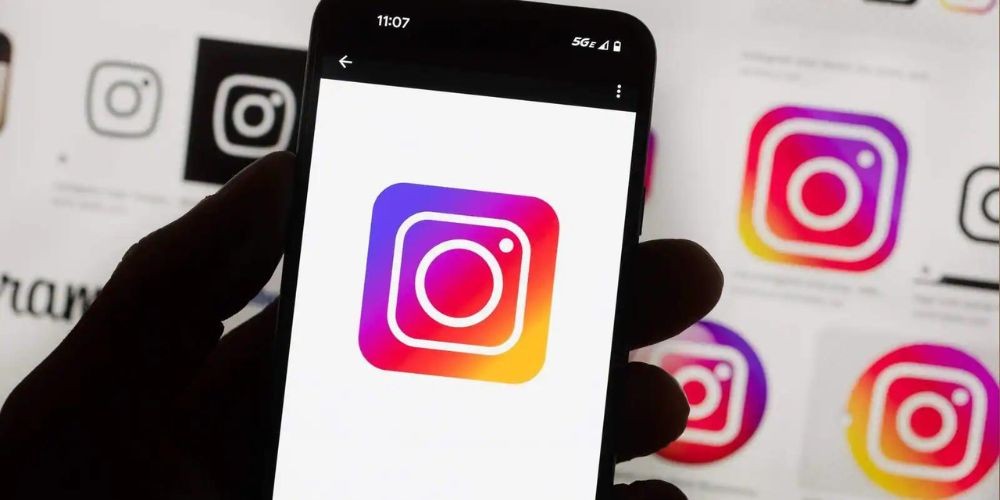Navigating Teen Wellness: Instagram's Calming "Nighttime Nudges"
Jan 22, 2024

In a world where social media has become a staple in teen life, Instagram is taking a notable step to safeguard the well-being of its younger users with a novel intervention known as "nighttime nudges." This initiative is a compassionate response to growing concerns over excessive late-night screen time, which can significantly affect the restorative sleep so crucial during adolescence.
The "nighttime nudges" are thoughtfully designed to appear after a teen spends more than ten minutes engaging with the app's immersive features, like Reels or DMs, past 10 p.m. These gentle prompts are crafted to kindle self-awareness among teens, nudging them toward healthier digital habits by suggesting it might be time to wind down for the night. As these cannot be disabled, they serve as consistent reminders of the importance of sleep.
Instagram isn't the pioneer in this arena; TikTok has previously implemented a parallel feature. However, Instagram's suite of digital well-being tools, including "Take a Break" and "Quiet Mode" reminders, marks a comprehensive effort to blend into the lives of teens without overwhelming or patronizing them. By doing so, Instagram positions itself as a platform concerned with its impact on youth's mental and physical health.
Within the broader narrative, Instagram's parent company, Meta, finds itself under the regulatory radar, with pressures mounting over child safety issues on digital platforms. These new features signal a proactive move amidst ongoing legal challenges and ahead of a Senate hearing focused on child safety, where Meta will be in the spotlight. Demonstrating mindful engagement with user wellness may also serve to temper the critiques aimed at Meta's handling of safety concerns.
At the dawn of heightened digital consciousness, Instagram's "nighttime nudges" weave the fabric of a new culture, one that values the integration of technology with human well-being. It's a subtle yet significant stride toward acknowledging the role social media plays in shaping young lives and the responsibility platform holders have to foster environments conducive to healthy development. Whether these measures will resonate with teen users and translate to tangible benefits remains to be seen, but one thing is certain: the conversation on tech and well-being has taken a pivotal turn towards mindful usage.







